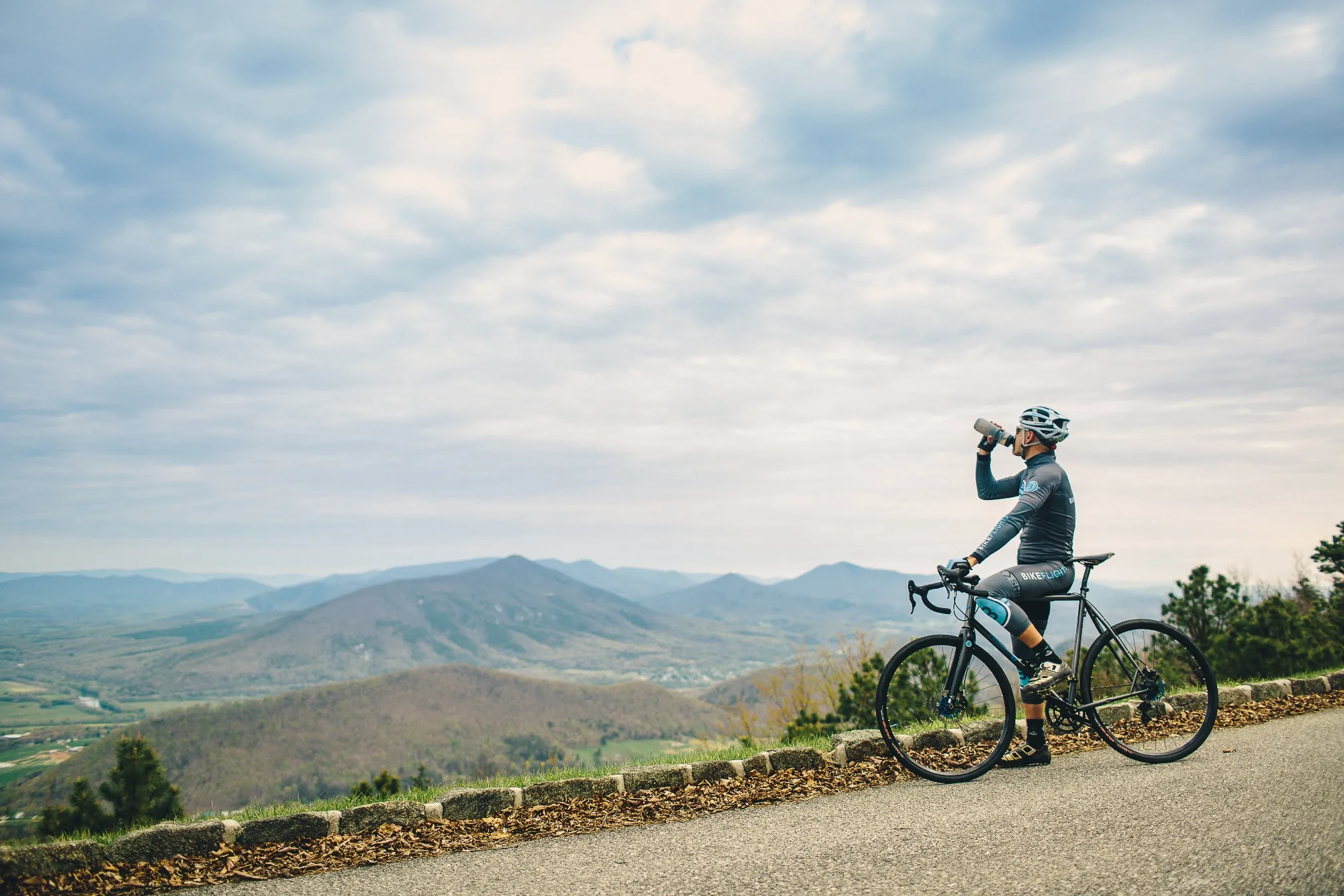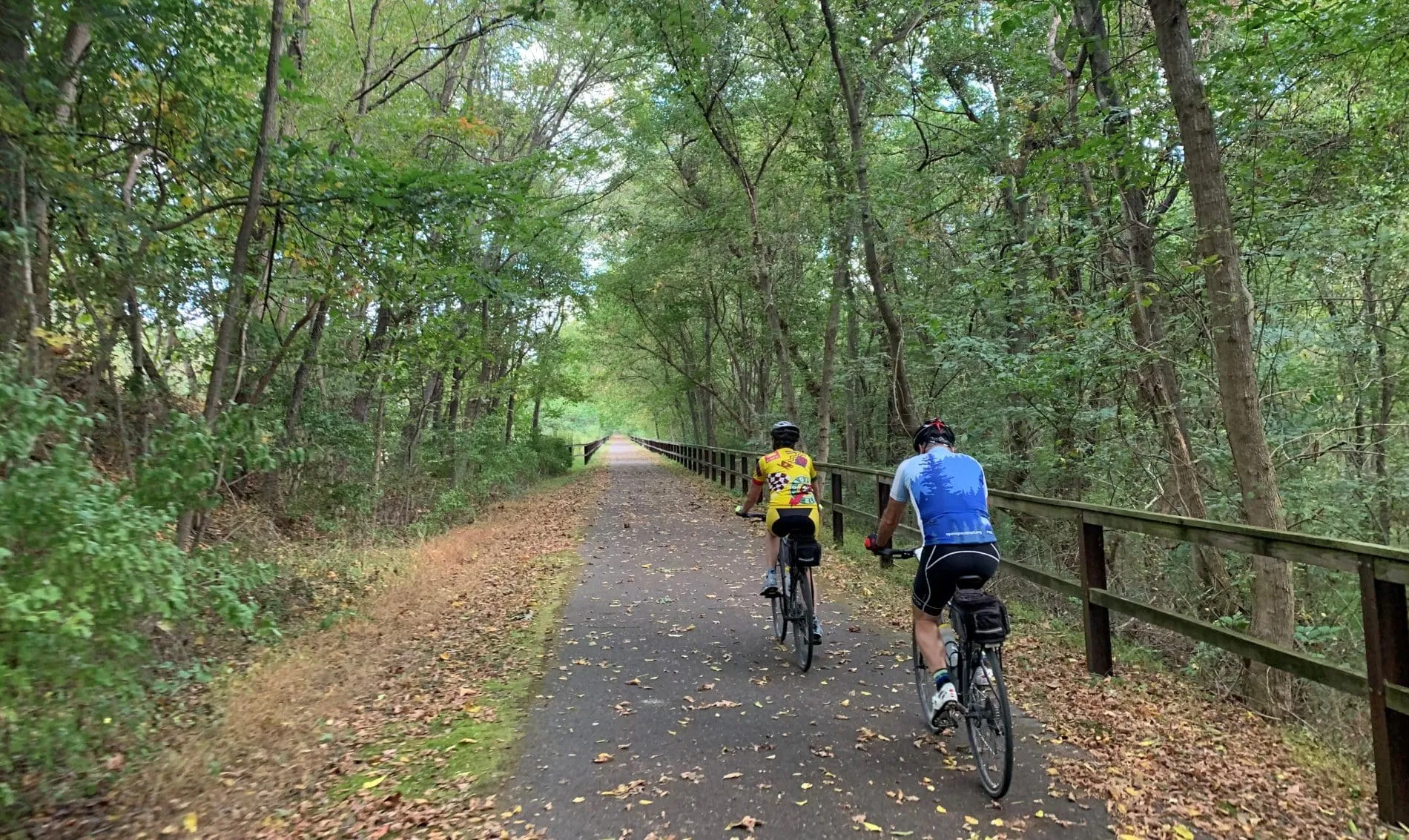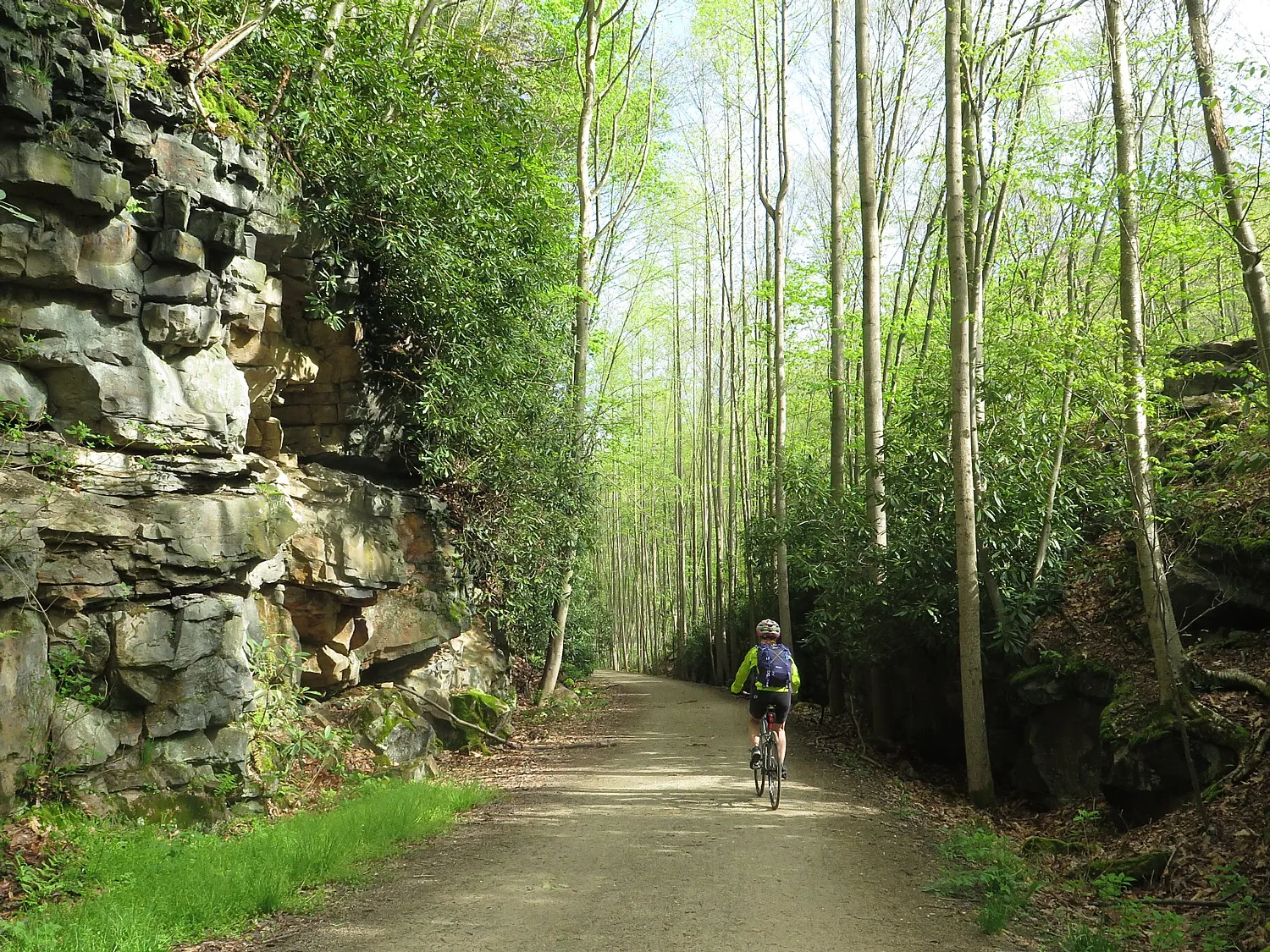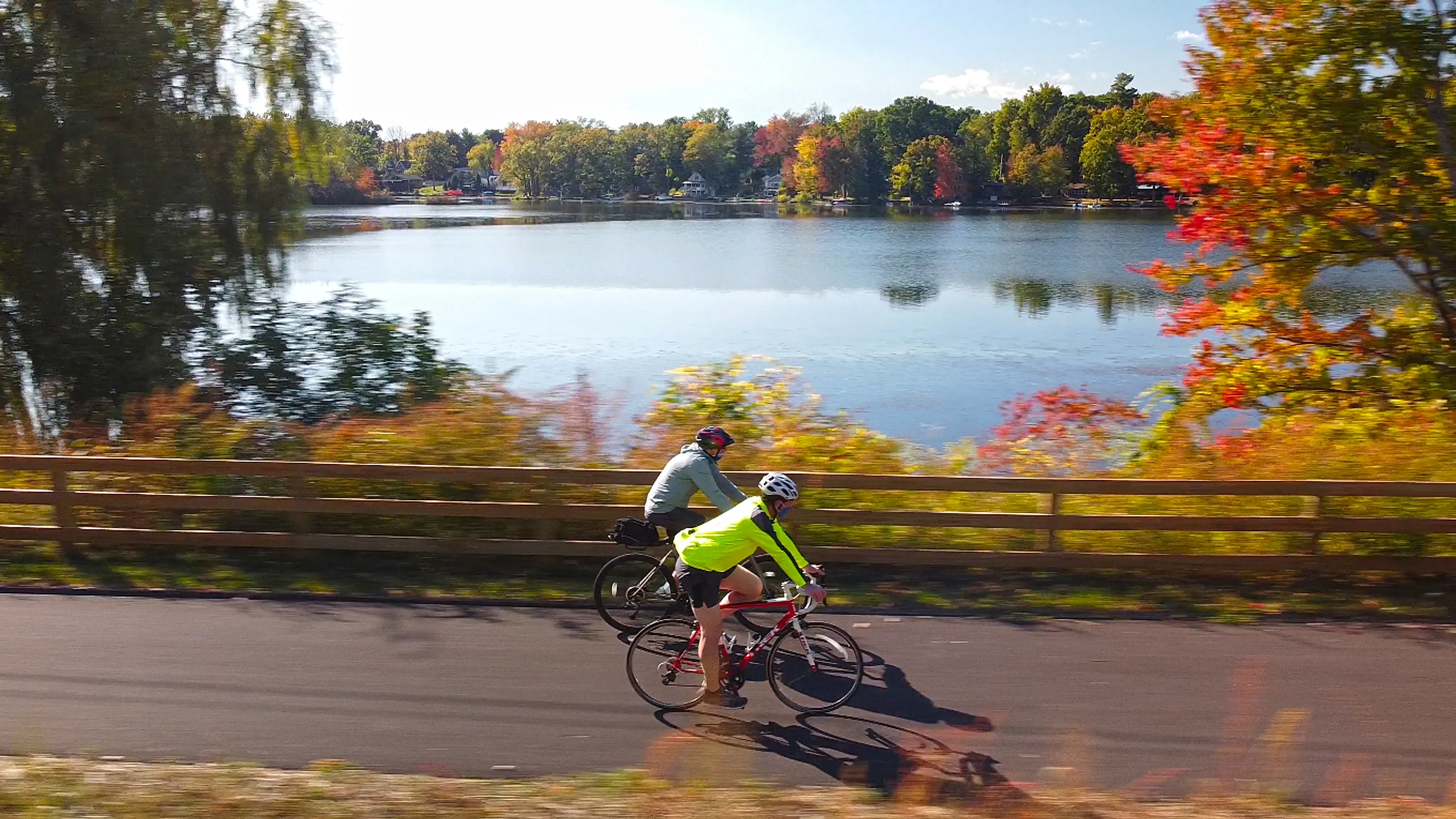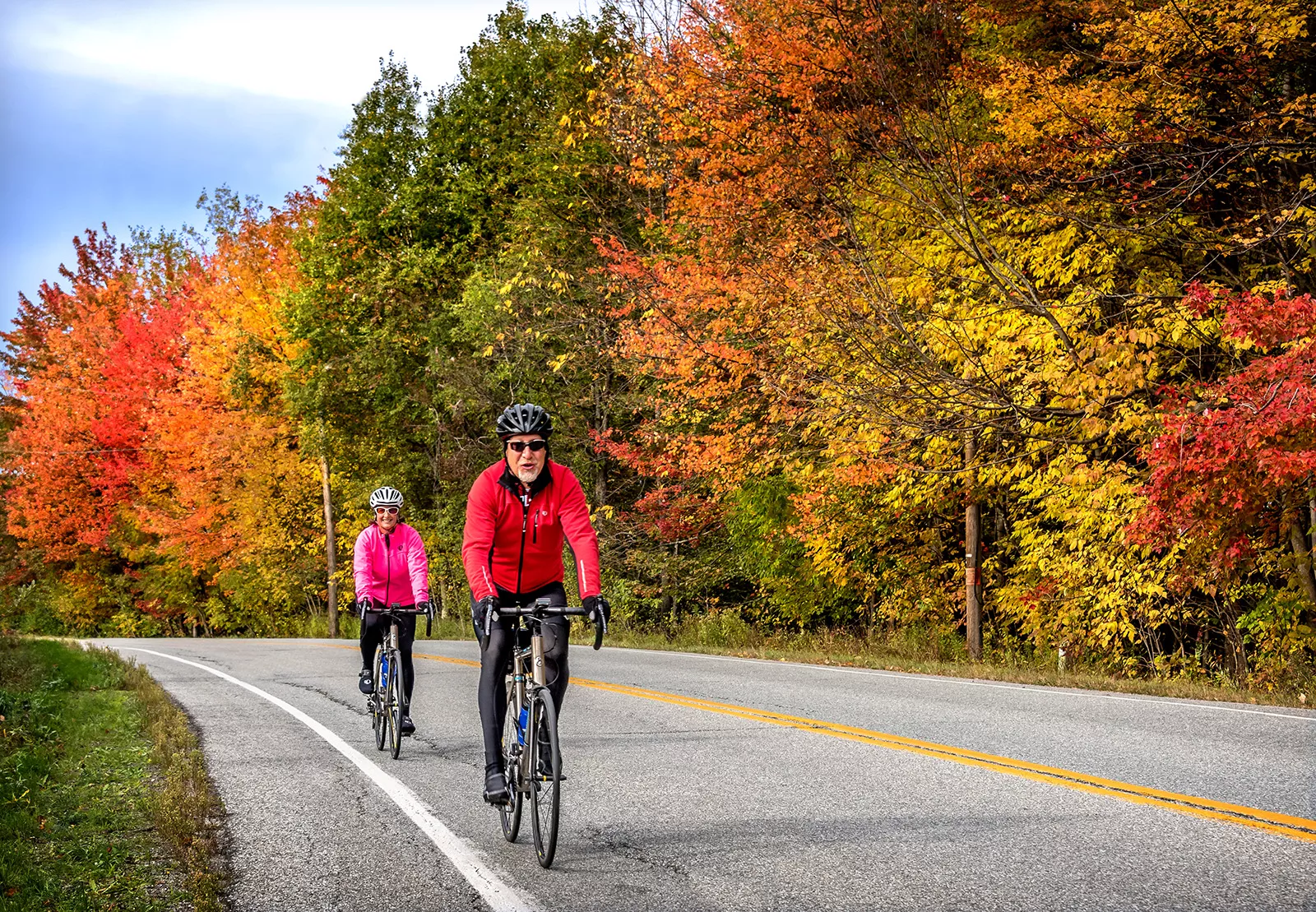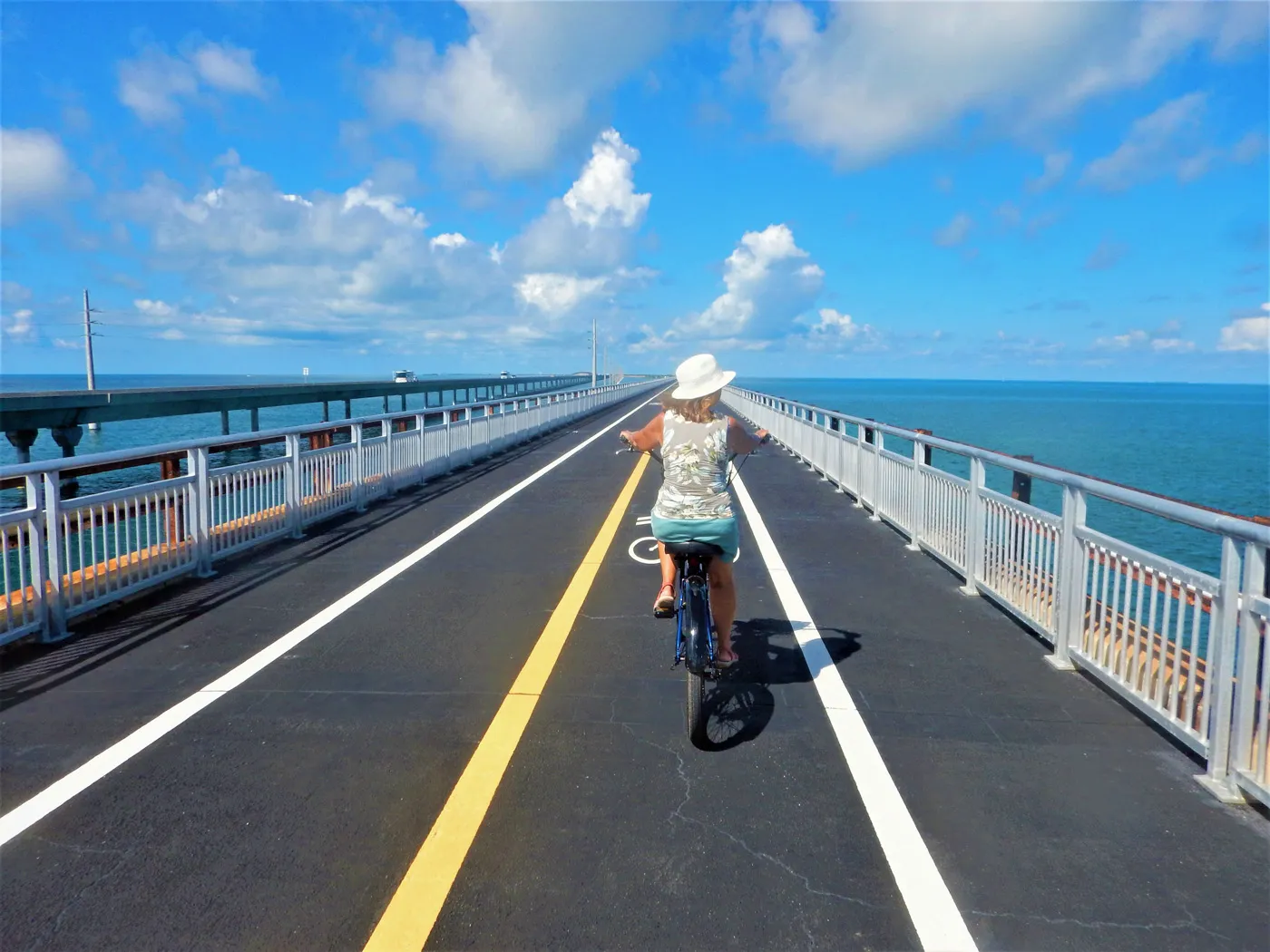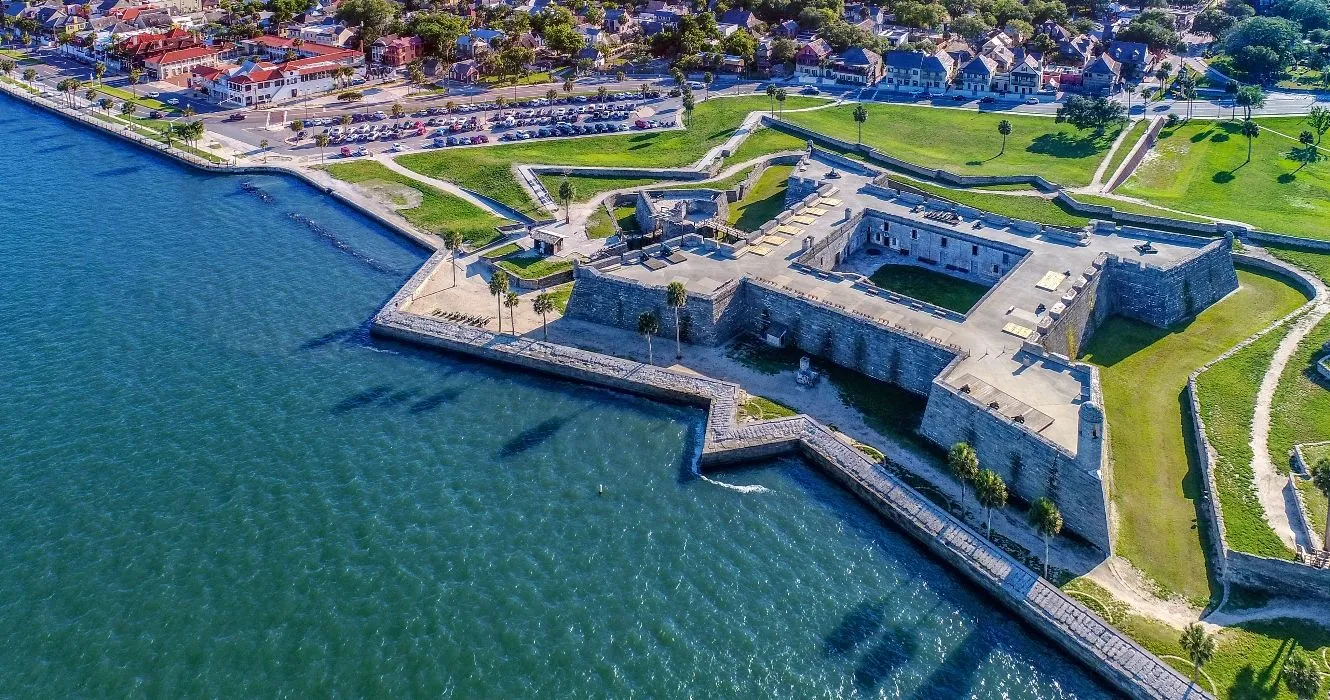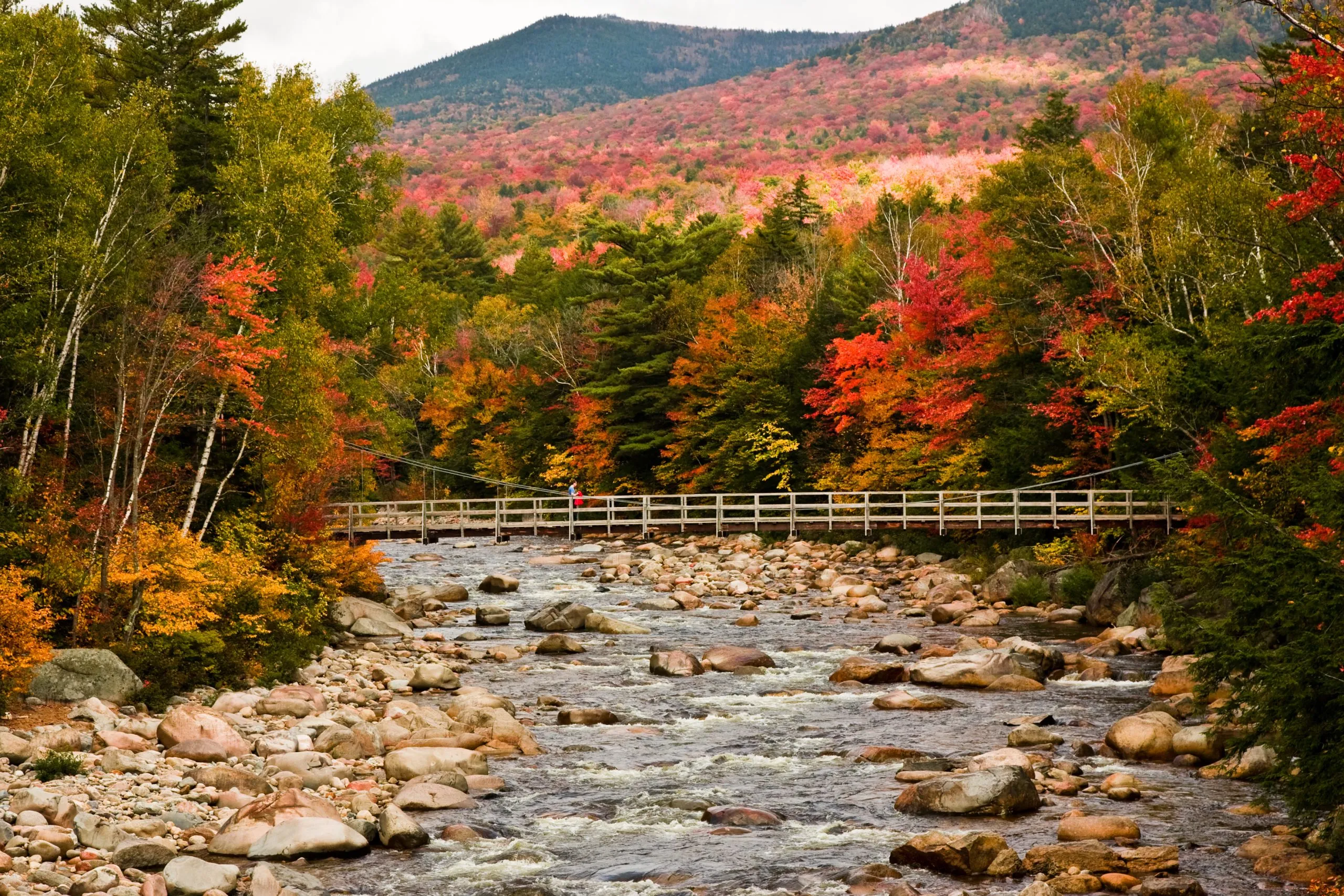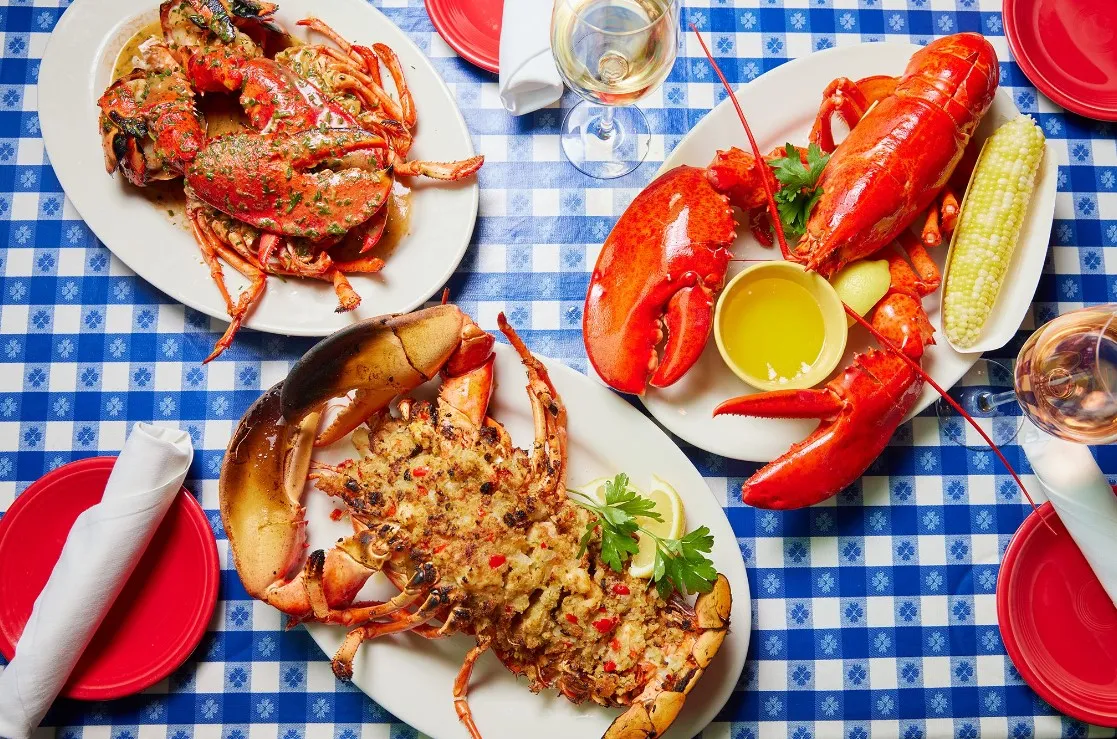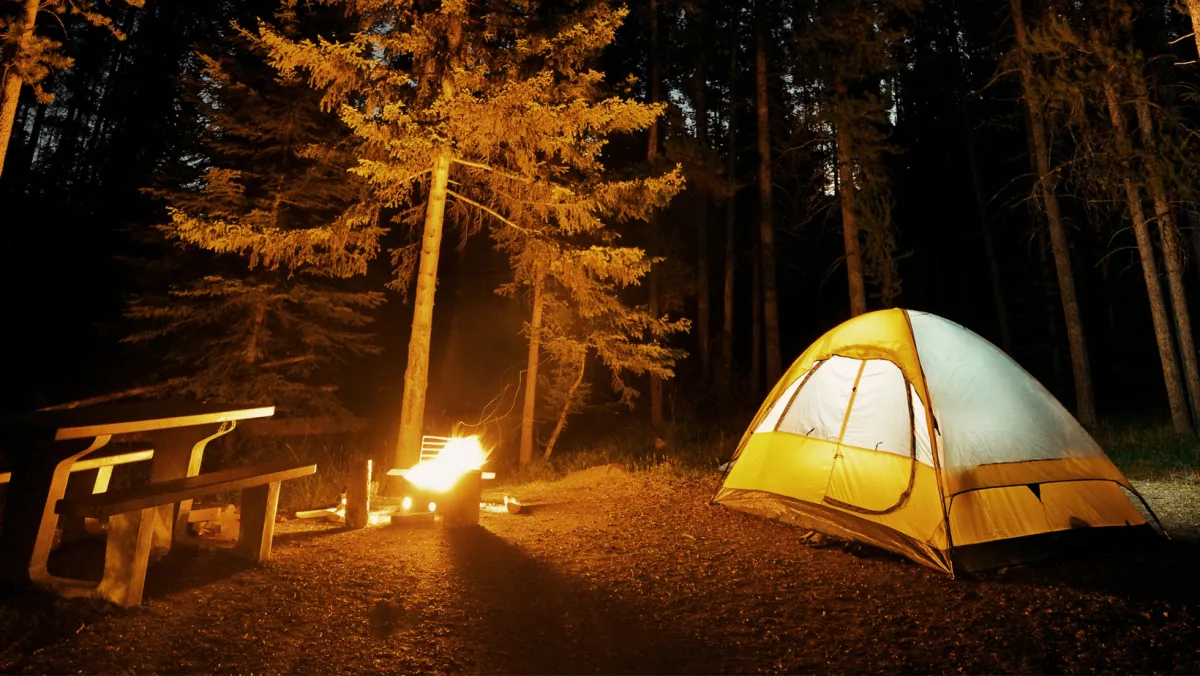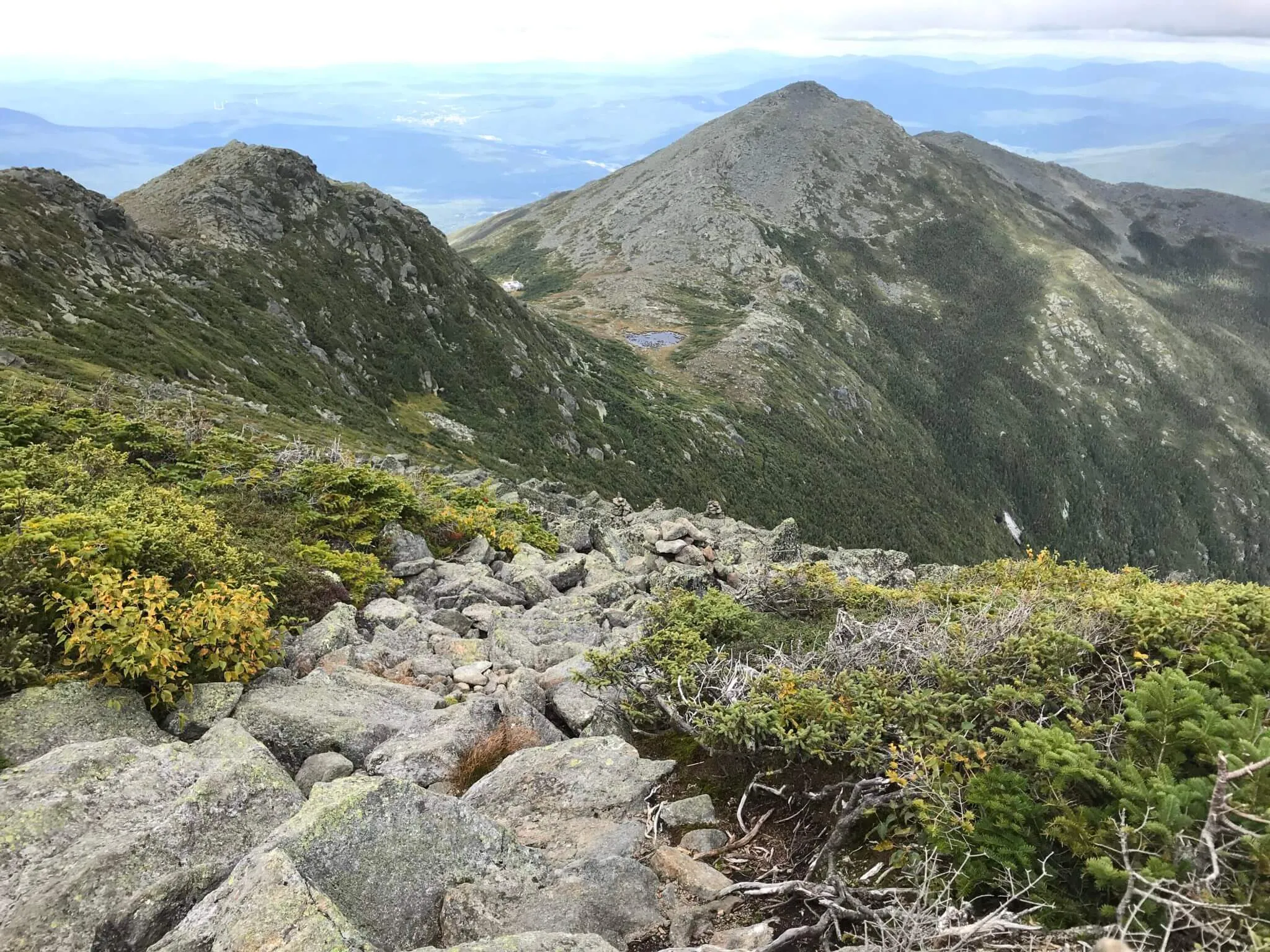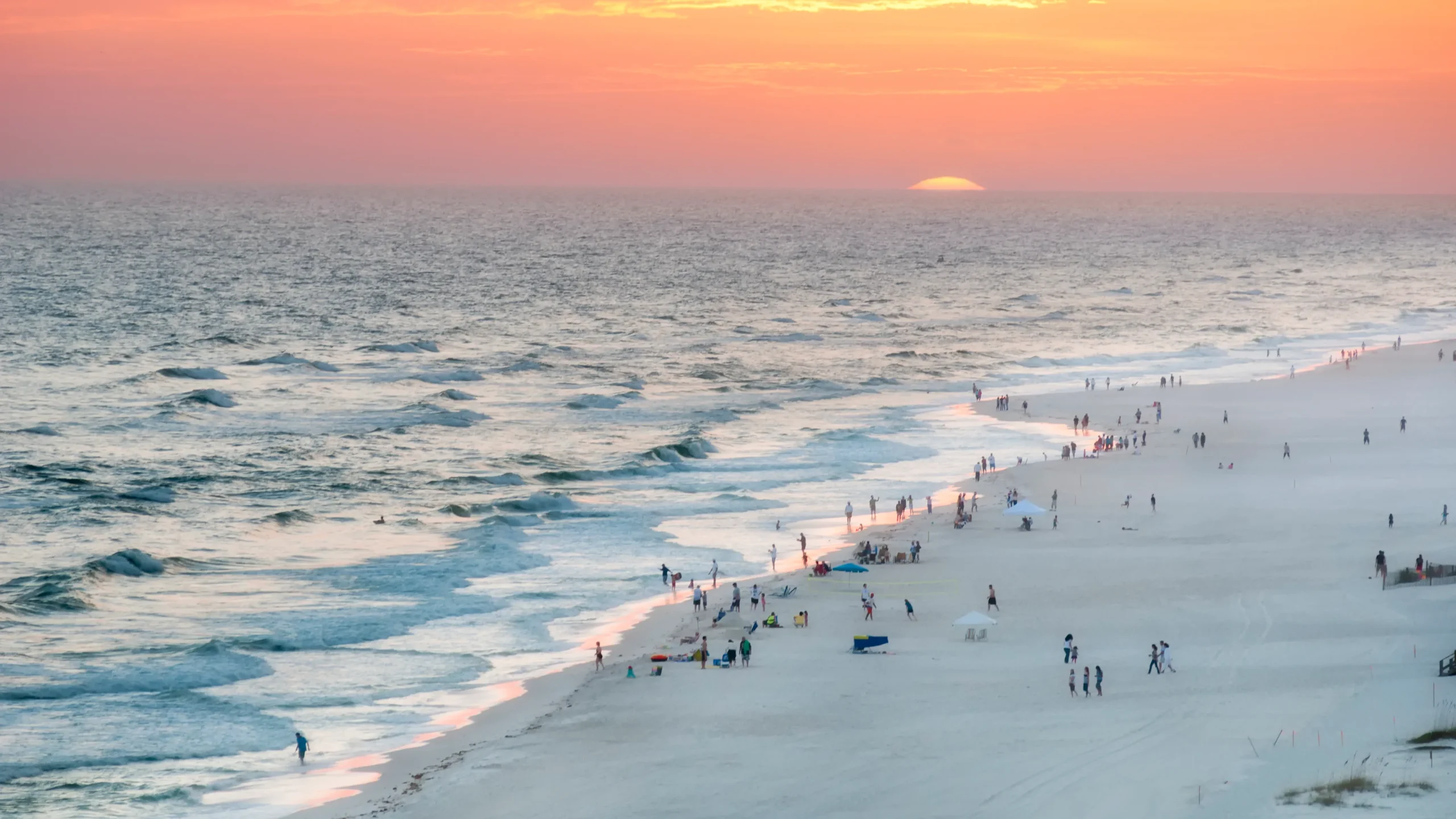East Coast cycling offers an incredible tapestry of experiences, from the rugged Appalachian climbs of the Blue Ridge Parkway to the serene, flat paths tracing historic canals and coastlines. Whether you are dreaming of a 3,000-mile adventure or planning a perfect East Coast weekend getaway, the Eastern Seaboard delivers. You will find everything from world-class greenways to challenging mountain epics, each route offering its own unique character. It is an experience that rivals any classic East Coast road trip, making this region a true cyclist’s paradise.
1. East Coast Greenway: America’s 3,000-mile cycling backbone
The East Coast Greenway is the crown jewel of long-distance East Coast cycling in the US. This ambitious project connects 15 states and 450 communities from Calais, Maine, to Key West, Florida. The developing trail network already boasts over 1,000 miles of completed off-road greenways, creating a cycling version of the famous Maine to Florida road trip. It is the nation’s most-visited park system with 50 million annual visits.
Virginia Capital Trail
This universally praised, fully paved pathway runs 52 miles from Richmond to historic Jamestown. Following the James River past Civil War battlegrounds and wildlife refuges, it is a journey through East Coast history. Its smooth pavement and complete separation from traffic make it ideal for cyclists of all skill levels looking for a safe East Coast cycling experience.
Spanish Moss Trail, South Carolina
In a state often noted for challenging on-road sections, this 12-mile gem winds through beautiful wetlands from Beaufort to Port Royal. The flat, scenic route provides a welcome respite from South Carolina’s otherwise stressful cycling conditions, offering a quieter alternative to the bustling best East Coast cities.
Charles River Bike Path, Massachusetts
Experience quintessential Boston East Coast cycling as this bustling 12.5-mile urban greenway winds from Boston to Waltham. It offers spectacular city skyline views while passing directly through the Harvard University and MIT campuses. This section proves that East Coast sightseeing can be done just as effectively on two wheels as on four.
The Greenway’s biggest challenge lies in its “interim route” sections, where two-thirds of the trail currently relies on shared public roads. Conditions vary dramatically by state. While northern sections offer excellent infrastructure, southern stretches like the notorious 150-mile U.S. 17 section between Charleston, SC, and Savannah, GA, force riders onto dangerous narrow shoulders. Smart planning is essential, much like preparing for an Atlantic Coast Highway drive.
-
Best time to visit: Spring through fall for northern sections; winter months for Florida.
-
Estimated costs: Free camping in some areas; hotels $80-$150 per night in trail towns.
-
Contact: East Coast Greenway Alliance at greenway.org for official maps and updates.
2. Blue Ridge Parkway: A true mountain cycling epic
Stretching 469 miles along the Appalachian Mountains’ spine through Virginia and North Carolina, the Blue Ridge Parkway is bucket-list territory for serious East Coast cycling fans. Connecting several East Coast national parks, this is not a casual weekend ride; it is a relentless test of climbing endurance with very few flat stretches. Typical days involve either grinding uphill or flying downhill.
The 13-mile ascent near Mount Pisgah exemplifies the Parkway’s character, requiring riders to “settle in and grind for an hour at a time.” A solid fitness base is essential, but the rewards are stunning mountain vistas and lush forest immersion.
Key safety considerations are paramount. The route features 26 unlit tunnels in North Carolina and one in Virginia, making high-wattage headlights and bright taillights non-negotiable. Heavy scenic traffic, especially during peak East Coast fall foliage, means early morning or weekday rides are safest. Services can be seasonal and far apart, so careful planning is crucial.
-
Best time to visit: Late spring through early summer for fewer crowds; mid-to-late October for peak foliage.
-
Estimated costs: Lodging $100-$200 per night during peak season; camping $25-$35 per night.
-
Contact: National Park Service Blue Ridge Parkway at nps.gov/blri.
3. GAP & C&O Canal Towpath: A historic rail-trail corridor
This combined 333-mile route from Pittsburgh, Pennsylvania, to Washington, D.C. offers one of America’s premier East Coast cycling experiences. The journey is perfect for beginners, families, and history enthusiasts, though it presents a tale of two very different surfaces.
Great Allegheny Passage (GAP)
The 150-mile GAP features well-maintained crushed limestone smooth enough for road bikes with 32mm or wider tires. The gentle grade never exceeds 1.8%, creating a relaxing ride through mountains, over viaducts, and through tunnels.
C&O Canal Towpath
Connecting in Cumberland, MD, this 184.5-mile section features a significantly more primitive surface of hard-packed clay, dirt, or gravel that can become extremely muddy after rain. Skinny road tires are strongly discouraged here; gravel, hybrid, or mountain bikes perform best.
Riders consistently praise this car-free route as a paradise for its beautiful scenery and ample East Coast camping opportunities. However, honest reviews note that food options are often limited to “pizza, greasy sandwiches, and other bar food,” and the free hiker-biker campsites feature notoriously “smelly” porta-potties.
-
Best time to visit: April through October for optimal weather and full services.
-
Estimated costs: Free camping every 5-10 miles on the C&O; hotels $75-$125 per night in trail towns.
-
Contact: Great Allegheny Passage at gaptrail.org and C&O Canal at nps.gov/choh.
4. Empire State Trail: New York’s cycling crown jewel
Completed in 2020, this 750-mile network provides unique journeys through New York State’s historic and scenic landscapes. This system rivals the best East Coast scenic drives, comprising three major sections offering long, uninterrupted stretches of off-road or low-traffic riding.
Erie Canalway Trail
This flat, 360-mile east-west spine follows the historic canal from Buffalo to Albany, providing easy cycling through charming towns.
Champlain Valley Route
This route travels south from the Canadian border, tracing Lake Champlain’s beautiful shores before connecting to Albany.
Hudson Valley Greenway Trail
Connecting Albany to New York City, this trail follows the majestic Hudson River through scenic territory.
Cyclists praise the trail for its accessibility and unique perspective on New York’s history. It is a fantastic addition to any Northeast road trip itinerary. The route offers excellent camping and lodging, though advance booking is recommended during peak summer and fall seasons.
-
Best time to visit: May through October for optimal weather; September-October for fall foliage.
-
Estimated costs: Camping $20-$40 per night; hotels $100-$200 per night.
-
Contact: New York State Parks at parks.ny.gov for trail maps and conditions.
5. Vermont Country Roads: A fall foliage cycling paradise
Vermont represents quintessential New England cycling, renowned for its quiet country roads, charming villages, and spectacular scenery. It is a highlight of any New England road trip. The state’s cycling culture is deeply integrated with its landscape.
Lake Champlain Bikeways offer relatively flat routes perfect for leisure cycling. For the more adventurous, the LAMB Ride is a challenging route connecting the Lincoln, Appalachian, Middlebury, and Brandon Gaps, appealing to those who also enjoy strenuous East Coast hiking. Additionally, the Lamoille Valley Rail Trail, at 93 miles, is New England’s longest rail trail, offering gentle grades through Vermont’s heartland.
Vermont’s East Coast cycling season peaks during fall foliage, typically late September through early October. However, this beauty attracts crowds, so early morning starts or weekday rides provide more peaceful experiences.
-
Best time to visit: Late September through early October for peak foliage; May through September for general cycling.
-
Estimated costs: B&Bs $120-$250 per night during foliage season; camping $25-$40 per night.
-
Contact: Vermont Department of Tourism at vermontvacation.com.
6. Cape Cod Rail Trail: A perfect coastal bike path
This beloved 25-mile paved pathway from South Yarmouth to Wellfleet is coastal cycling at its finest. The flat, well-maintained trail winds through six classic towns, offering easy access to sandy East Coast beaches, freshwater kettle ponds, and beautiful Nickerson State Park.
The trail’s family-friendly design makes it perfect for cyclists of all abilities. However, its popularity means heavy crowds during peak summer. Strategic timing is key—early morning rides or shoulder season visits provide more peaceful experiences. For those planning an East Coast summer vacation, this trail is a must-do activity.
-
Best time to visit: May-June and September-October for fewer crowds; July-August for the warmest beach weather.
-
Estimated costs: Camping $30-$50 per night; hotels $150-$300 per night during peak season.
-
Contact: Cape Cod Chamber of Commerce at capecodchamber.org.
7. Florida Keys Overseas Heritage Trail: A tropical cycling adventure
The 106-mile Florida Keys Overseas Heritage Trail follows Henry Flagler’s historic railroad path from Key Largo to Key West, offering one of America’s most unique cycling backdrops. Panoramic turquoise water views and rides across historic bridges create an unforgettable experience, often cited as a highlight of a Southeast road trip.
The stunning 2.2-mile segment of the Old Seven Mile Bridge exemplifies the trail’s world-class potential. However, this route remains a work in progress, with incomplete sections forcing riders onto U.S. 1’s narrow shoulders alongside high-speed traffic. Winter provides the most pleasant weather, making this area one of the top East Coast winter destinations.
-
Best time to visit: November through March for optimal weather.
-
Estimated costs: Hotels $150-$400 per night during peak season; camping $40-$70 per night.
-
Contact: Florida State Parks at floridastateparks.org.
Essential planning guide for your East Coast cycling trip
Planning a successful East Coast cycling trip requires careful attention to detail. Route diversity means no single “best” bike exists. The East Coast Greenway’s mixed surfaces favor touring, hybrid, or gravel bikes, while the Blue Ridge Parkway’s paved mountains suit road bikes. Safety is non-negotiable; an approved bicycle helmet and high-visibility clothing are critical, especially on shared roads.
Accommodation and community
Free camping exists on routes like the C&O Canal Towpath. Urban sections require more careful lodging planning. The mature trail systems have fostered vibrant communities of cyclist-friendly businesses. From Weaver’s Restaurant in Maryland to coffee shops in Connecticut, these connections transform good rides into unforgettable East Coast vacation memories.
Digital navigation and resources
Modern apps like Ride with GPS allow you to download route files for offline directions. Online communities provide invaluable planning resources. Whether you are looking for things to do East Coast style or specific cycling beta, forums like BikeRide.com and Reddit are excellent sources.
The extensive trail networks, cyclist-friendly communities, and stunning landscapes create East Coast cycling adventures that will stay with you forever.
